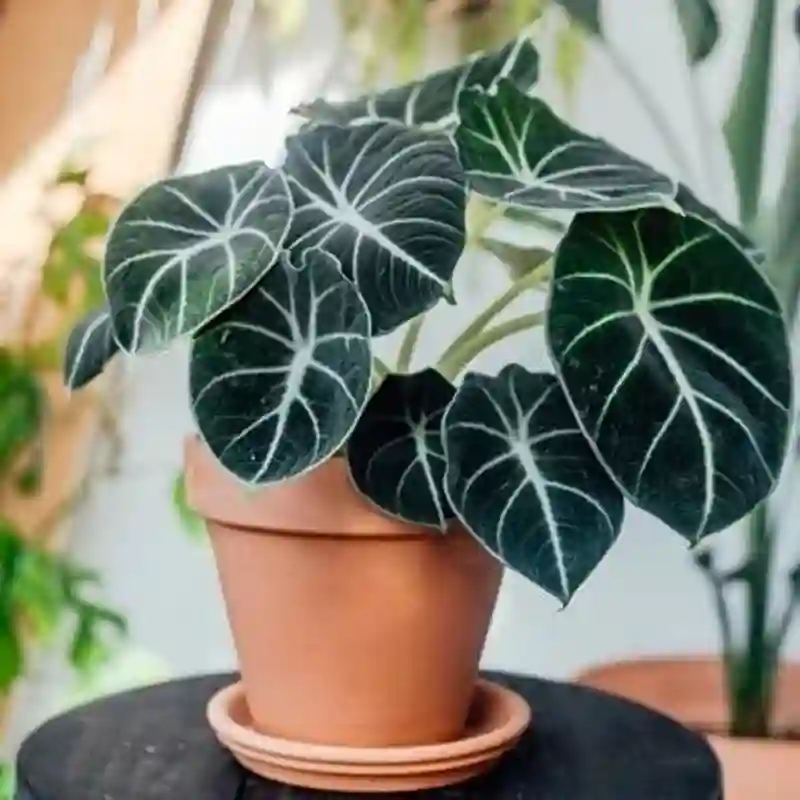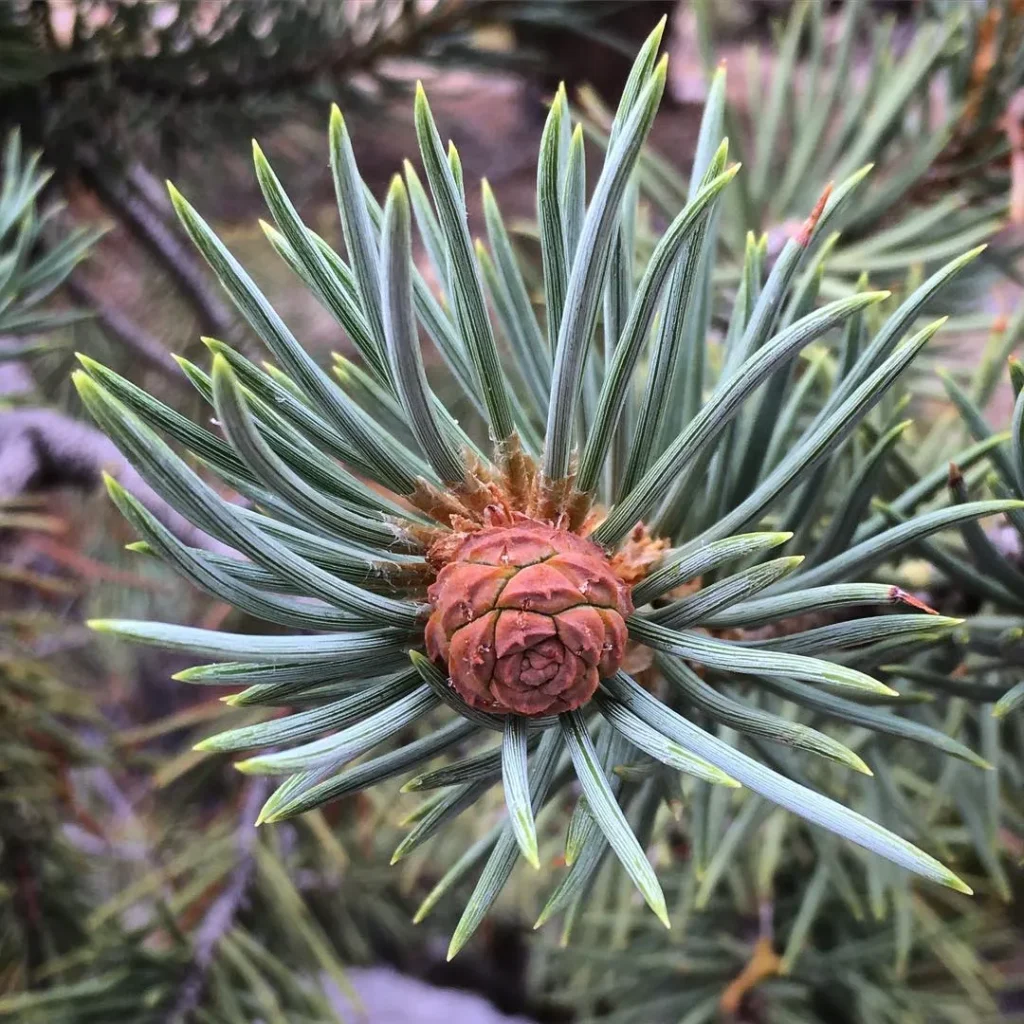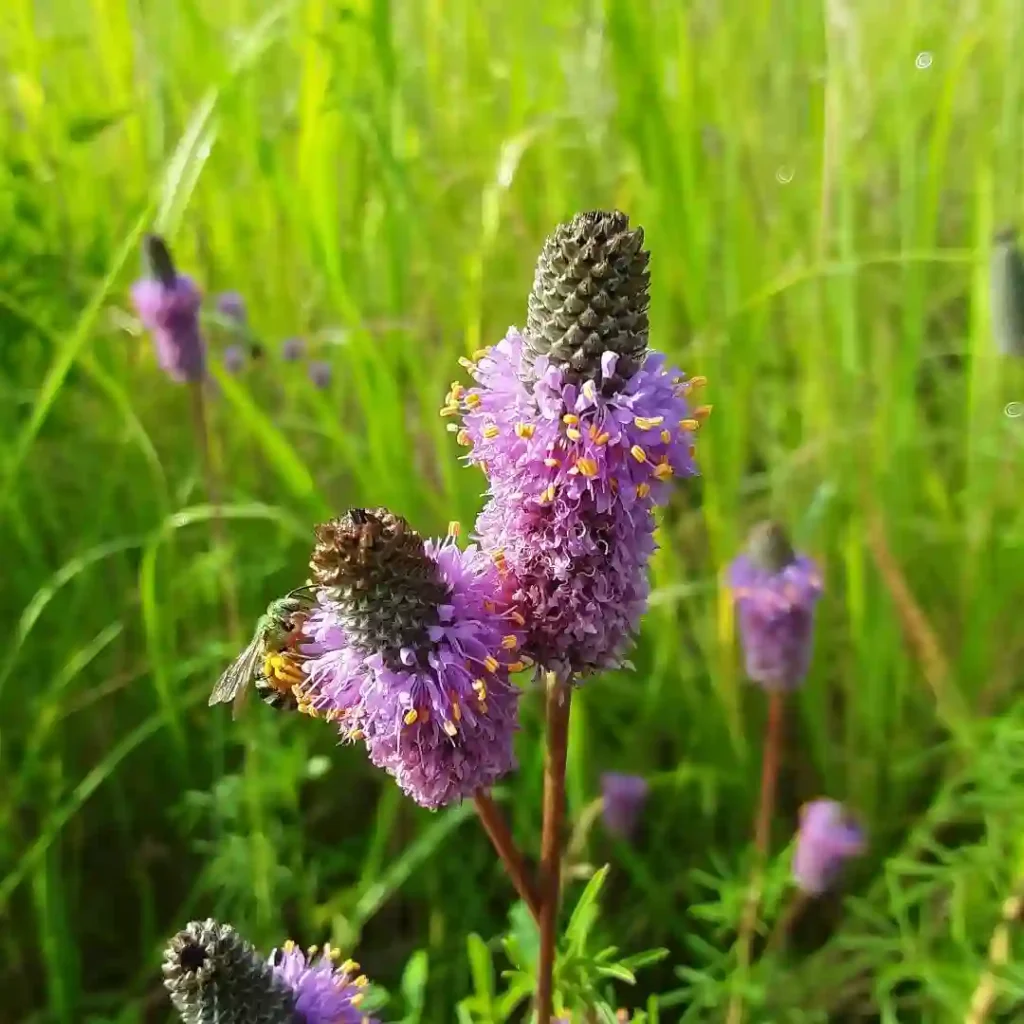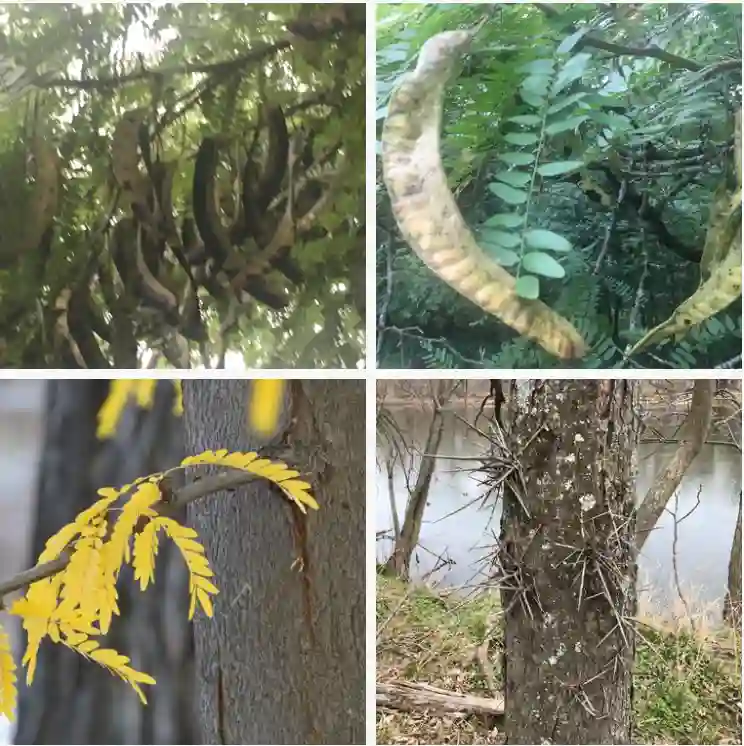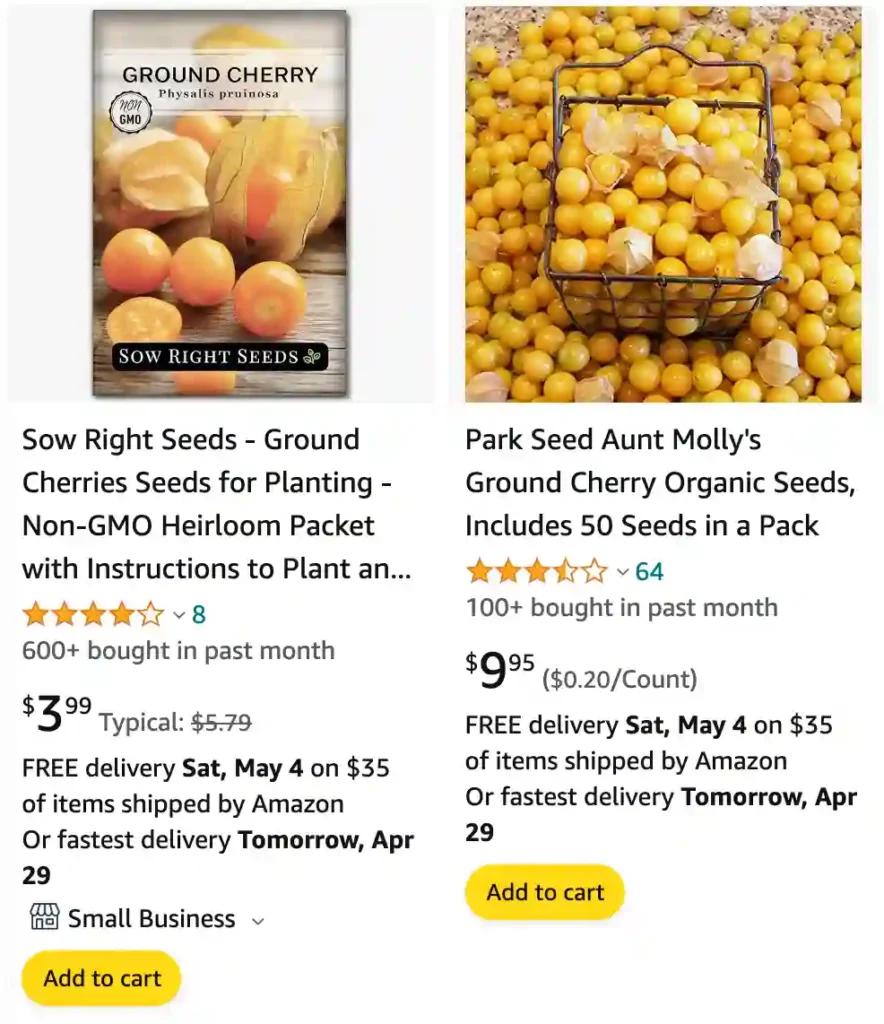
What are ground cherries?
Hi, I’m Ferb Vu, and I have a confession: I’m a bit obsessed with Physalis. You might know them better as groundcherries, Cape gooseberries, or those intriguing little fruits wrapped in papery lanterns. But for me, they’re a source of endless fascination.
My journey with Physalis began innocently enough. I stumbled upon a peculiar plant while hiking in the Andes. Its vibrant orange fruits, encased in delicate husks, looked like miniature Chinese lanterns hanging from the branches. Intrigued, I plucked one and cautiously tasted it. The sweet, tangy flavor was an explosion in my mouth, unlike anything I’d ever experienced. From that moment on, I was hooked.
Unveiling the Diversity of Physalis
Physalis is a genus of about 95 flowering plants belonging to the nightshade family, Solanaceae. It’s a diverse group, with species found across the Americas and even Australasia. What unites them is the unique, inflated calyx that encloses the berry like a protective shell. This characteristic “lantern” is not just visually striking; it also plays a crucial role in seed dispersal.
Here are:
- Physalis acutifolia (Miers) Sandwith
- Physalis aggregata Waterf.
- Physalis ampla Waterf.
- Physalis angulata L. Plant FAQs: Physalis Angulata
- Physalis angustifolia Nutt.
- Physalis angustior Waterf.
- Physalis angustiphysa Waterf.
- Physalis arborescens L.
- Physalis arenicola Kearney
- Physalis campanula Standl. & Steyerm.
- Physalis campechiana L.
- Physalis carnosa Standl. & Steyerm.
- Physalis caudella Standl.
- Physalis chenopodiifolia Lam.
- Physalis cinerascens (Dunal) Hitchc.
- Physalis cinerea Waterf.
- Physalis cordata Houst. ex Mill.
- Physalis coztomatl Moc. & Sessé ex Dunal
- Physalis crassifolia Benth.
- Physalis eggersii O.E.Schulz
- Physalis × elliottii Kunze
- Physalis fendleri A.Gray
- Physalis filipendula Brandegee
- Physalis flava Wiggins
- Physalis glabra Benth.
- Physalis glutinosa Schltdl.
- Physalis gracilis Miers
- Physalis greenmanii Waterf.
- Physalis grisea (Waterf.) M.Martínez
- Physalis halicacabum Crantz
- Physalis hastatula Waterf.
- Physalis hederifolia A.Gray
- Physalis heterophylla Nees Plant FAQs: Physalis Heterophylla
- Physalis hintonii Waterf.
- Physalis hirsuta M.Martens & Galeotti
- Physalis hunzikeriana M.Martínez
- Physalis ignota Britton
- Physalis ingrata Standl.
- Physalis ixocarpa Brot. ex Hornem.
- Physalis jaliscensis Waterf.
- Physalis lagascae Roem. & Schult.
- Physalis lanceolata Michx.
- Physalis lassa Standl. & Steyerm.
- Physalis latecorollata Waterf.
- Physalis leptophylla B.L.Rob. & Greenm.
- Physalis lignescens Waterf.
- Physalis longicaulis Waterf.
- Physalis longifolia Nutt.
- Physalis longiloba O.Vargas, M.Martínez & Dávila
- Physalis longipedicellata Waterf.
- Physalis macrosperma Pyne, E.L.Bridges & Orzell
- Physalis mcvaughii Waterf.
- Physalis melanocystis (B.L.Rob.) Bitter
- Physalis michoacanensis Waterf.
- Physalis microcarpa Urb. & Ekman
- Physalis mimulus Waterf.
- Physalis minimaculata Waterf.
- Physalis minuta Griggs
- Physalis missouriensis Mack. & Bush
- Physalis mollis Nutt.
- Physalis muelleri Waterf.
- Physalis neomexicana Rydb.
- Physalis nicandroides Schltdl.
- Physalis orizabae Dunal
- Physalis parvianthera Waterf.
- Physalis patula Mill.
- Physalis pennellii Waterf.
- Physalis peruviana L. Plant FAQs: Physalis Peruviana
- Physalis philadelphica Lam.
- Physalis philippensis Fernald
- Physalis porphyrophysa Donn.Sm.
- Physalis pringlei Greenm.
- Physalis pruinosa L. Plant FAQs: Physalis Pruinosa
- Physalis pubescens L.
- Physalis pumila Nutt.
- Physalis purpurea Wiggins
- Physalis queretaroensis M.Martínez & L.Hern.
- Physalis quillabambensis D.Medina
- Physalis rydbergii Fernald
- Physalis sancti-josephi Dunal
- Physalis solanacea (Schltdl.) Axelius
- Physalis sordida Fernald
- Physalis stapelioides (Decne. ex Regel) Bitter
- Physalis subilsiana J.M.Toledo
- Physalis subrepens Waterf.
- Physalis sulphurea (Fernald) Waterf.
- Physalis tamayoi O.Vargas, M.Martínez & Dávila
- Physalis tehuacanensis Waterf.
- Physalis turbinatoides Waterf.
- Physalis vestita Waterf.
- Physalis victoriana J.M.Toledo
- Physalis virginiana Mill. Plant FAQs: Virginia Groundcherry – Physalis Virginiana
- Physalis viscosa L.
- Physalis volubilis Waterf.
- Physalis walteri Nutt.
Beyond the Edible: Exploring the Potential of Physalis
While many Physalis species are known for their edible fruits, the genus has much more to offer. Researchers are exploring the potential of Physalis in various fields, including medicine and agriculture.
Some studies suggest that Physalis fruits possess antioxidant and anti-inflammatory properties, thanks to their high concentration of vitamins and phytochemicals. Others are investigating the potential of Physalis extracts in treating diseases like diabetes and cancer.
In agriculture, Physalis species are being studied for their resistance to pests and diseases. This could make them valuable crops in areas where conventional crops struggle to thrive.
How to grow ground cherries?
I’ve had mixed success with growing ground cherries, but I always have fun with them regardless! They’re pretty easy to start from seed indoors a few weeks before the last frost. I like to plant them in biodegradable seed pots so I can just pop the whole thing in the ground when it’s time. Full sun is important, and they need regular watering, especially during hot weather. One funny thing about them is that they sprawl and get a little unruly, so it’s best to give them plenty of room or something to climb on.
What do ground cherries taste like?
The taste of ground cherries is really intriguing. I find them sweet and tangy, with a flavor that reminds me of both pineapple and tomato, but with their own unique touch. They have a soft, slightly juicy texture that’s surprising if you’re expecting something like a cherry. The first time I tasted one I wasn’t sure if I liked it, but they really grew on me. Now I think they’re a delicious little treat!
Are ground cherries poisonous?
This is a bit tricky! Ground cherries belong to the nightshade family, so the unripe fruits, leaves, and stems are definitely toxic. I always wait until the fruit drops from the plant and the husk turns a light, papery brown before eating them. That’s the sign that they’re fully ripe and safe. I’ve heard stories about people getting tummy aches from eating unripe ones, but I’ve never experienced that myself. It’s better to be safe than sorry, though!
Are ground cherries edible?
Yes, ripe ground cherries are absolutely edible and delicious! It’s important to only eat them when they’re fully ripe, which means they’ve turned a golden yellow-orange color and have fallen off the plant. The papery husks should also be light brown and dry. I find them to be a fun and tasty little snack – they’re like a delightful surprise when I discover them in the garden!
Are ground cherries perennial?
While ground cherries are technically perennials, it depends on your climate. In warmer regions, they might come back year after year. But where I live, with our cold winters, they’re definitely treated as annuals. I’ve tried bringing some indoors to overwinter, but I’ve never had much success getting them going again. So, I usually just start fresh with seeds each spring.
What to do with ground cherries?
I get so excited when ground cherry season rolls around because there are so many possibilities! Of course, my favorite way to enjoy them is simply snacking on them fresh – that sweet-tart flavor is so addictive. I also love using them to make jam. The unique flavor really shines and adds something special. Last year, I even tried my hand at a ground cherry pie, and it was surprisingly delicious! You can pretty much use them anywhere you’d use another berry-type fruit.
When are ground cherries ripe?
Knowing when to pick ground cherries is key! I look for a few things. First, I wait until the papery husk turns a light brown color and starts to feel dry. The biggest sign, though, is when they naturally fall from the plant – that’s when they’re at their sweetest and juiciest. When picking them up, I check that the fruit inside the husk is a golden yellow-orange. If it’s still green, it needs more time to ripen!
When to harvest ground cherries?
I always get impatient for ground cherry season, so I’m constantly checking for those telltale signs of ripeness. The best time to harvest is when the papery husks turn dry and light brown, and the ground cherries naturally fall to the ground. The fruit inside should be golden yellow. If a frost is coming and you have some that are close but not quite there, you can harvest them and let them ripen indoors for a few days.
How to eat ground cherries?
The easiest and most delicious way to eat ground cherries is straight from the garden! Once they’re ripe and that husk is nice and dry, I just peel it open and pop them right in my mouth. That’s when they have the best flavor and texture. But there are so many other possibilities – I love adding them to fruit salads for a special twist, and they’re amazing in jams or baked into pies or crumbles. You can even try them in savory dishes, they go really well with things like goat cheese and herbs.
How to store ground cherries?
If you’ve got a bounty of ground cherries, there are a few ways to keep them fresh. When they’re still in their husks, I find the best way is to pop them into a mesh bag and store them in a cool, dry place like a cellar or the crisper drawer of the refrigerator. They’ll last for a couple of weeks like this. For longer storage, I like to freeze them. I remove the husks, give them a good rinse, and then pat them dry. Then they go right onto a baking sheet in the freezer. Once frozen, I pop them into a freezer bag and they’re good to go for several months.
What do ground cherry plants look like?
Ground cherry plants look a bit like a cross between a tomato and a tomatillo plant. Here’s what to look for:
- Growth Habit:They have a sprawling, vining growth habit and tend to get bushy, usually reaching about 2-3 feet tall.
- Leaves: The leaves are oval-shaped with slightly toothed edges and have a soft, slightly fuzzy texture.
- Flowers:They have small yellow flowers with five petals that look very similar to tomato flowers.
- Fruit:The most distinctive feature is the fruit, which grows inside papery husks that look a bit like little lanterns.
Where to buy ground cherries?
Unfortunately, ground cherries can be a bit tricky to find in regular grocery stores since they’re not as common as other fruits. Here are a few places to check:
- Farmers Markets:This is your best bet! Local farmers are much more likely to grow ground cherries. Look around at different stalls and strike up a conversation with the farmers.
- Specialty Produce Stores:Stores that focus on local and unique produce might have ground cherries in season.
- Online Retailers: There are a number of online sources specializing in unique fruits and vegetables. Here are a few examples:
- Exotic Fruit Box
- Amazon
- Your Own Backyard: If you’re feeling adventurous, try growing your own! You can usually find seeds at garden centers or online seed retailers like:
- Sea Spring Seeds
- Southern Exposure Seed Exchange
Remember: Ground cherries are seasonal, usually in late summer to early fall.
Can dogs eat ground cherries?
No, unfortunately, dogs should not eat ground cherries. While the ripe fruit itself is generally okay in small quantities, other parts of the ground cherry plant are toxic to dogs. Here’s why:
- Unripe Fruit: Unripe ground cherries contain solanine, a toxin that can cause digestive issues, weakness, and other health problems in dogs.
- Leaves and Stems: Like other members of the nightshade family, the leaves and stems of the ground cherry plant contain harmful toxins.
- Husks: While the husks themselves aren’t necessarily toxic, they can be a choking hazard for dogs.
It’s always best to play it safe and avoid giving your dog any part of the ground cherry plant. If you suspect your dog has eaten some, it’s important to contact your veterinarian for advice.
How big do ground cherry plants get?
Ground cherry plants can reach a height of 2-3 feet tall and get just as wide. They have a sprawling, bushy growth habit, so providing them with ample space is important. If you’re limited on space, try growing them in a container or giving them a trellis or cage to support their growth.
How to save ground cherry seeds?
Saving ground cherry seeds is a simple and rewarding process! Here’s how I do it:
- Choose Ripe Fruit: Wait for ground cherries to fully ripen, fall off the plant, and have their husks turn a dry, papery brown.
- Extract Seeds:
- Cut the ripe ground cherries in half.
- Scoop out the seeds and pulp into a bowl or jar.
- Add a bit of water to the bowl to help loosen the pulp.
- Ferment (Optional): While not strictly necessary, fermentation can help remove the gel coating around the seeds and improve germination rates. Leave the seeds and water mixture in a warm place for a day or two, stirring occasionally. You’ll see a bit of mold forming on the top – that’s normal!
- Clean the Seeds:
- Pour the seed mixture through a fine-mesh strainer.
- Rinse the seeds thoroughly with clean water until all the pulp is removed.
- Drying:
- Spread the clean seeds out on a plate or paper towel in a single layer.
- Let them dry completely in a cool, dry place for a few days. Avoid placing them in direct sunlight.
- Storage:
- Once the seeds are completely dry, store them in an airtight container, like a small jar or paper envelope.
- Label with the date and variety of ground cherry
- Keep them in a cool, dark, and dry location until you’re ready to plant next season.
Can chickens eat ground cherries?
Yes, chickens can enjoy ripe ground cherries as a treat! The sweet, juicy fruits are a good source of vitamins and antioxidants. However, there are a few important things to keep in mind:
- Only Ripe Fruit: Just like with humans, only the fully ripe ground cherries are safe for chickens. Unripe ones contain solanine, part of the nightshade family, which is toxic. Make sure the fruit is golden yellow and has fallen from the plant with a dried husk.
- Remove the Husk: The papery husks can be difficult for chickens to digest, so it’s best to remove them before giving the ground cherries to your flock.
- Moderation is Key: While ripe ground cherries are safe, offer them as a treat rather than a staple in their diet. Too much of any fruit can lead to digestive issues.
Here’s how I give ground cherries to my chickens:
- I check my ground cherry plants daily for ripe, fallen fruits.
- I remove the husks and offer the ground cherries whole to my chickens. They love pecking at them!
How far apart to plant ground cherries?
Spacing ground cherries properly is important for healthy plants and a good harvest. Here’s what I recommend:
- Sprawling Plants: If you let your ground cherry plants sprawl naturally on the ground, allow about 2-3 feet between each plant. This gives them enough room to spread out and reduces competition for resources.
- Supported Plants: If you plan to stake or trellis your ground cherries for a slightly tidier garden, you can plant them a little closer – roughly 18-24 inches apart.
Additional Considerations:
- Variety: Some ground cherry varieties are slightly more compact than others. Be sure to check the seed packet or plant tag for any specific spacing recommendations.
- Soil Fertility: If your soil is very rich, you might want to space your plants a little further apart to accommodate their vigorous growth.
Is a ground cherry a gooseberry?
No, ground cherries and gooseberries are not the same fruit, although the names can sometimes be used interchangeably, which causes confusion. Here’s how to tell them apart:
- Family: They’re from different plant families. Ground cherries are in the nightshade family (Solanaceae), along with tomatoes and tomatillos. Gooseberries are in the Grossulariaceae family, closely related to currants.
- Appearance
- Ground Cherries: Small, round, yellow-orange fruits enclosed within a papery husk that resembles a lantern.
- Gooseberries: Typically larger than ground cherries with translucent skin and come in various colors like green, red, or purple. May have fine hairs on the surface.
- Flavor:
- Ground Cherries: Sweet and tart, with hints of pineapple and tomato.
- Gooseberries: Tart, can be a little sour depending on the variety and ripeness.
My journey with Physalis is far from over. I’m eager to continue exploring the hidden depths of this fascinating genus, uncovering its secrets, and sharing my discoveries with the world. Who knows what other surprises Physalis has in store for me?
